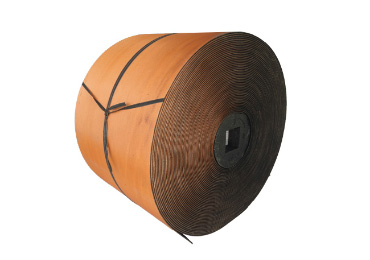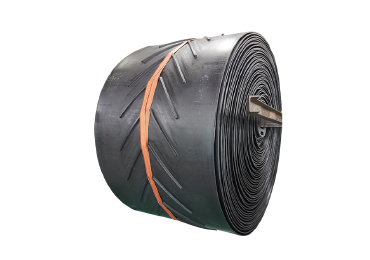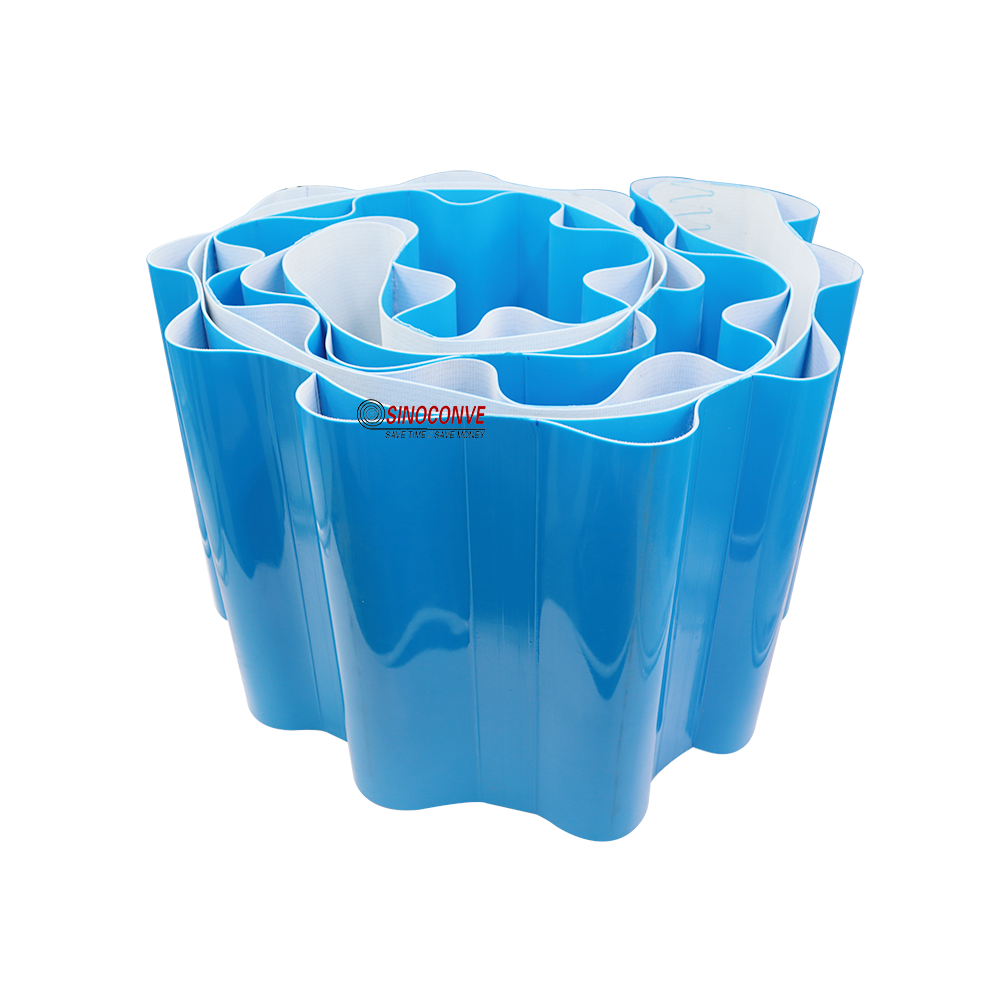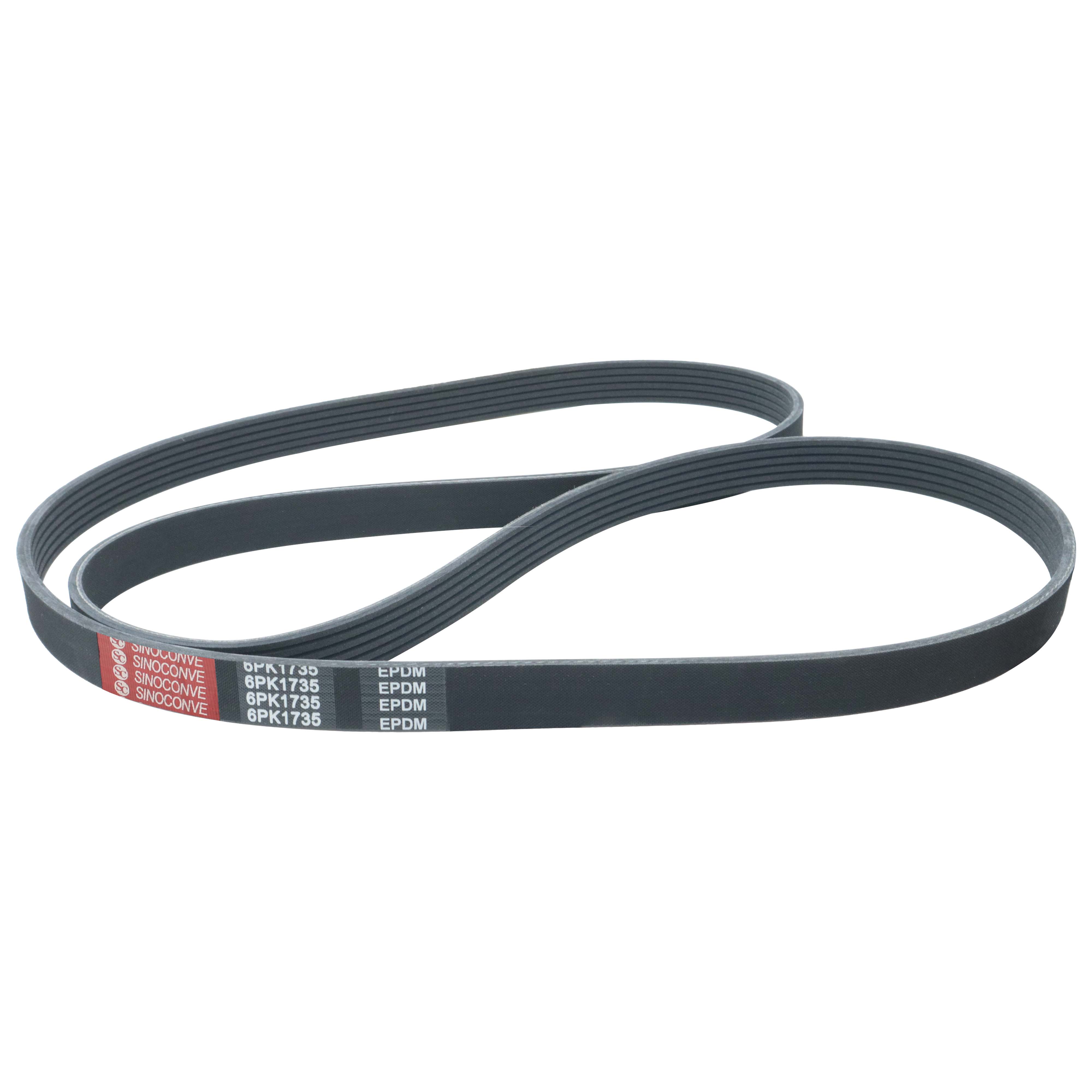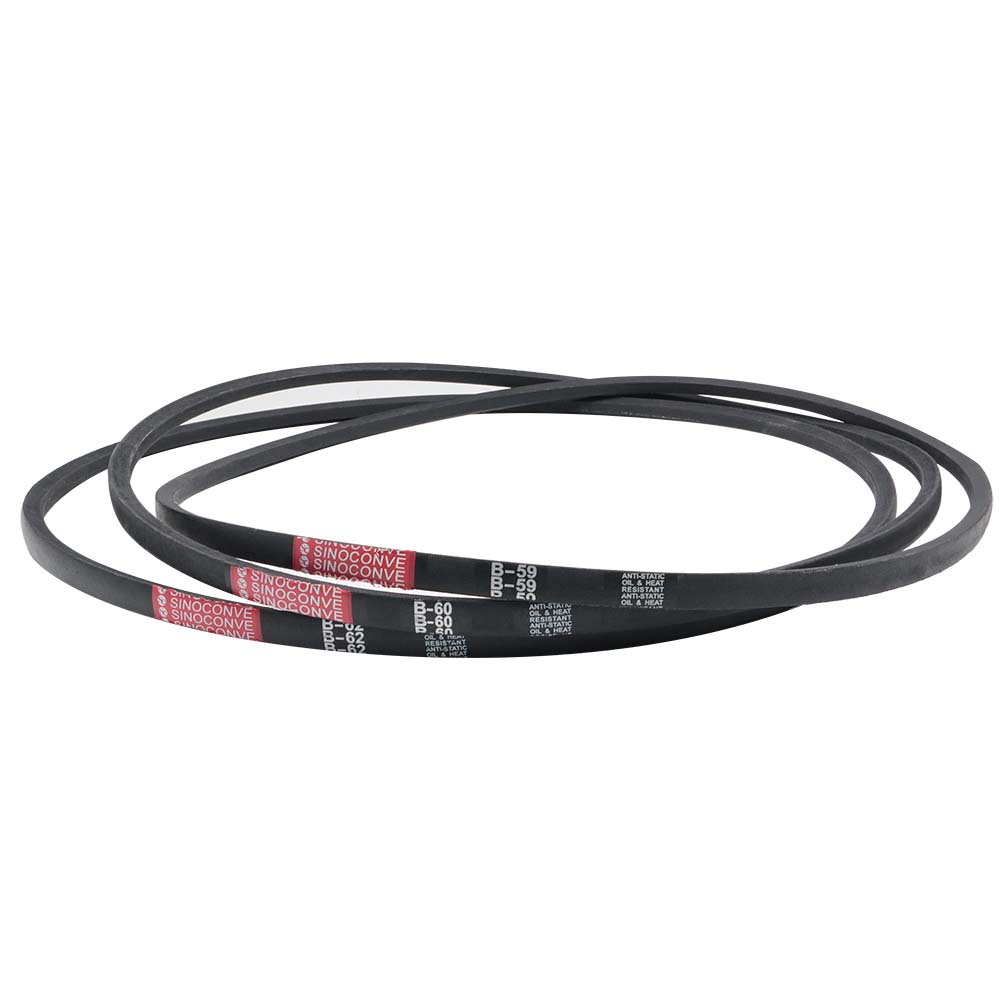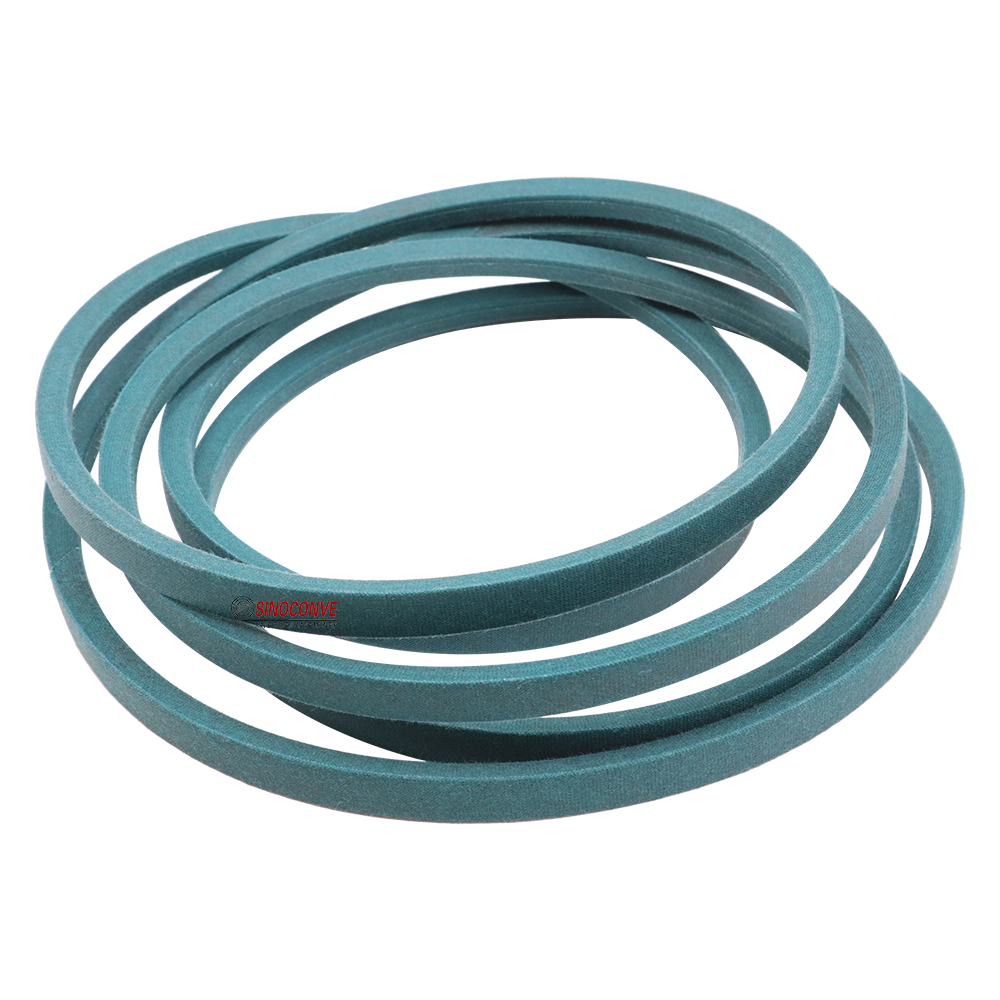Understanding Vulcanizing Machines
A vulcanizing machine is a crucial piece of equipment used in the tire and rubber industry. It's designed to heat raw rubber, curing it into durable, elastic materials used in various products, most notably tires. The underlying principle of these machines involves applying pressure and heat to rubber, transforming it through a chemical process to enhance its durability and elasticity. Readers seeking guidance on utilizing these machines will find that understanding the control unit's functionalities is vital. The control unit in these devices acts as the command center, allowing operators to set specific temperature and time parameters that are critical for the vulcanization process.
Features of Modern Vulcanizing Machines
Modern vulcanizing machines, similar to the sophisticated induction heating machines described earlier, come equipped with efficient features designed to enhance operations. Core features include high thermal conductivity materials, often incorporating copper elements, to ensure even and rapid heating of the rubber. Such materials minimize energy waste and enhance the overall heating efficiency of the machine, aligning well with energy conservation goals.
Additionally, these machines now often boast user-friendly interfaces that make them accessible to operators—with intuitive digital displays and controls similar to those found in advanced heating systems. This helps to tailor the vulcanizing process to the specific needs of different rubber products, ensuring consistent quality and performance in the final products. The modular design and durable construction of these machines mean they can be integrated seamlessly into existing manufacturing setups, supporting the versatility required in modern industrial applications.
Guidelines for Operating Vulcanizing Machines
When operating a vulcanizing machine, safety and precision are paramount. First, always ensure that the machine is properly set up and calibrated, with all safety protocols adhered to. Operators should be trained to understand the digital interface for setting precise temperatures and timings based on the rubber type being processed.
Monitoring the process is crucial to achieving the desired material properties. It's advisable to perform regular maintenance checks to ensure the machinery remains in optimal condition and that all components, especially the heating elements, function correctly. By focusing the heat application and maintaining a consistent environment, energy consumption can be reduced, enhancing not only economic efficiency but also reducing the environmental impact.
In conclusion, the key to mastering the use of vulcanizing machines lies in understanding the control mechanisms and material properties involved in the vulcanization process. With technological advancements, modern machines promise improved performance, offering innovative solutions that meet both industrial needs and sustainability targets. Embracing these technologies can elevate a company’s production capabilities, ensuring high-quality products while also being environmentally responsible.

